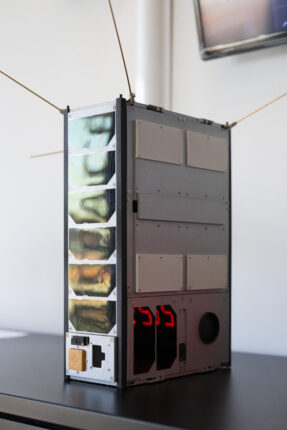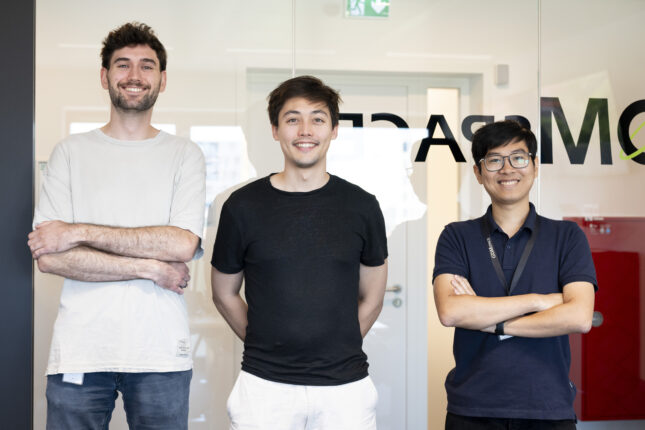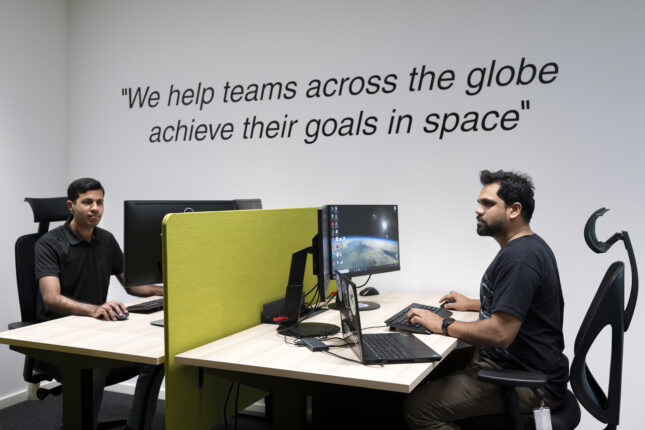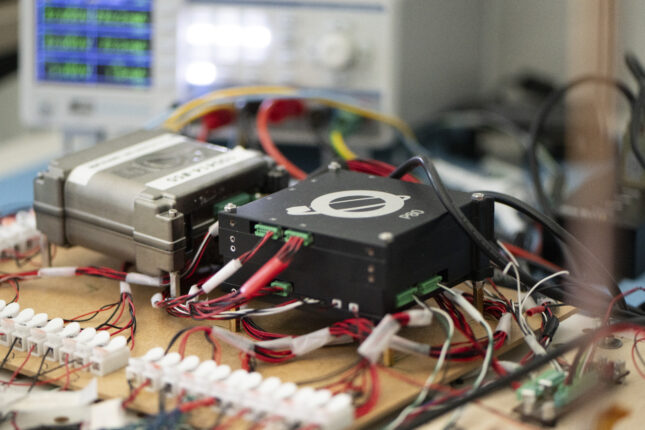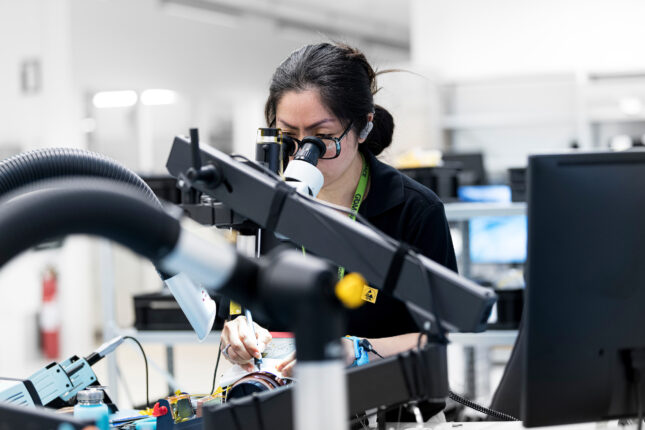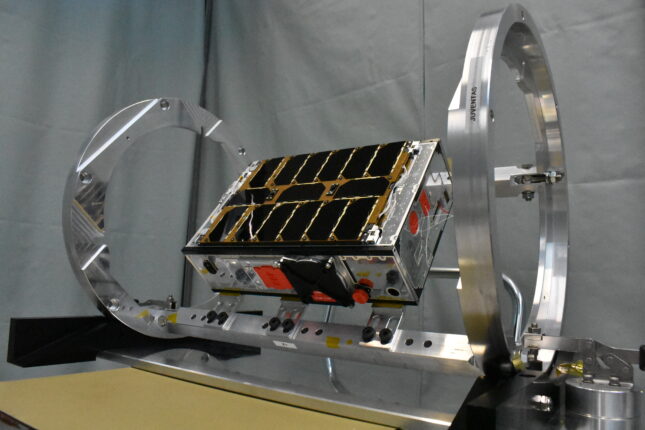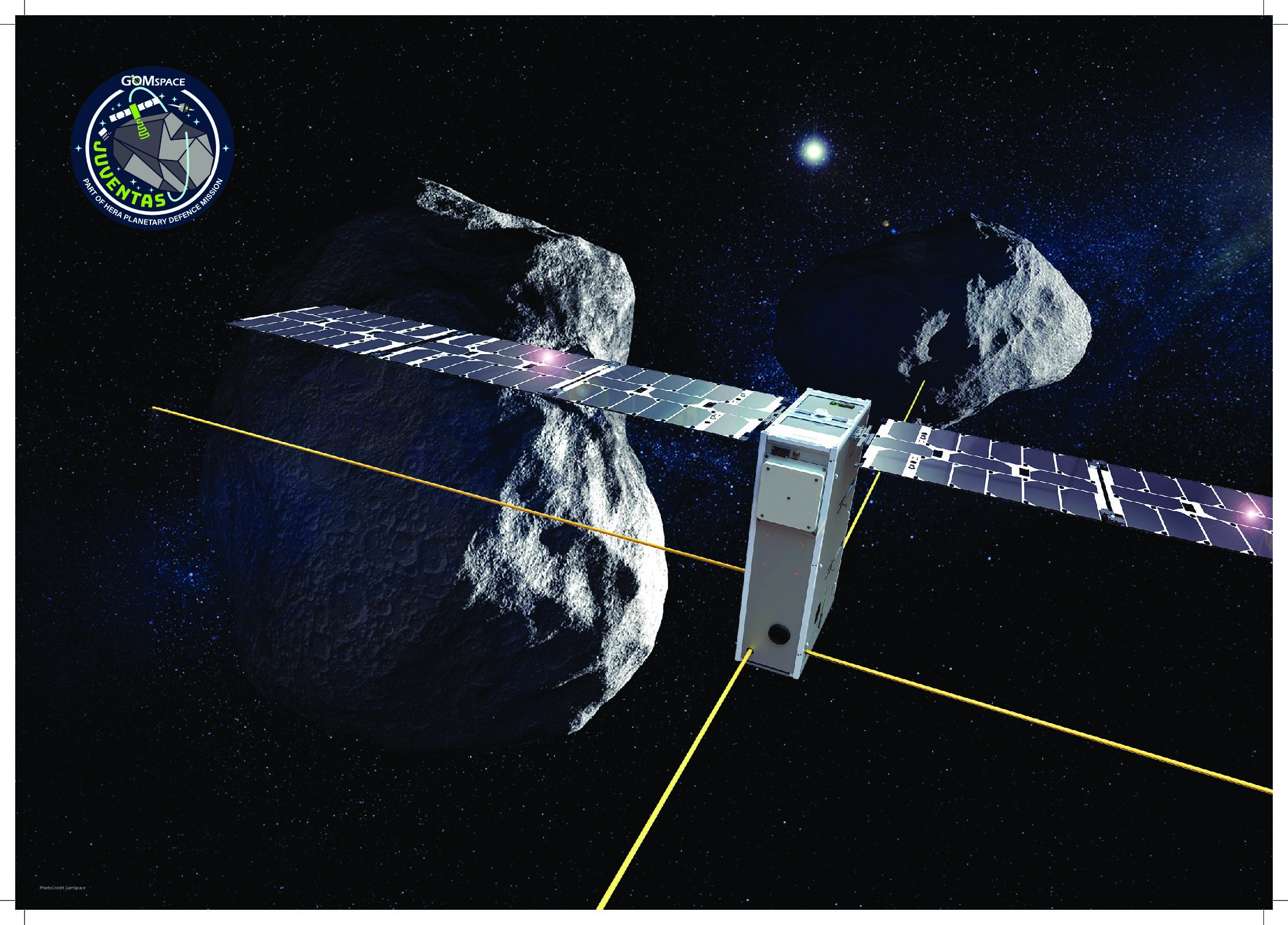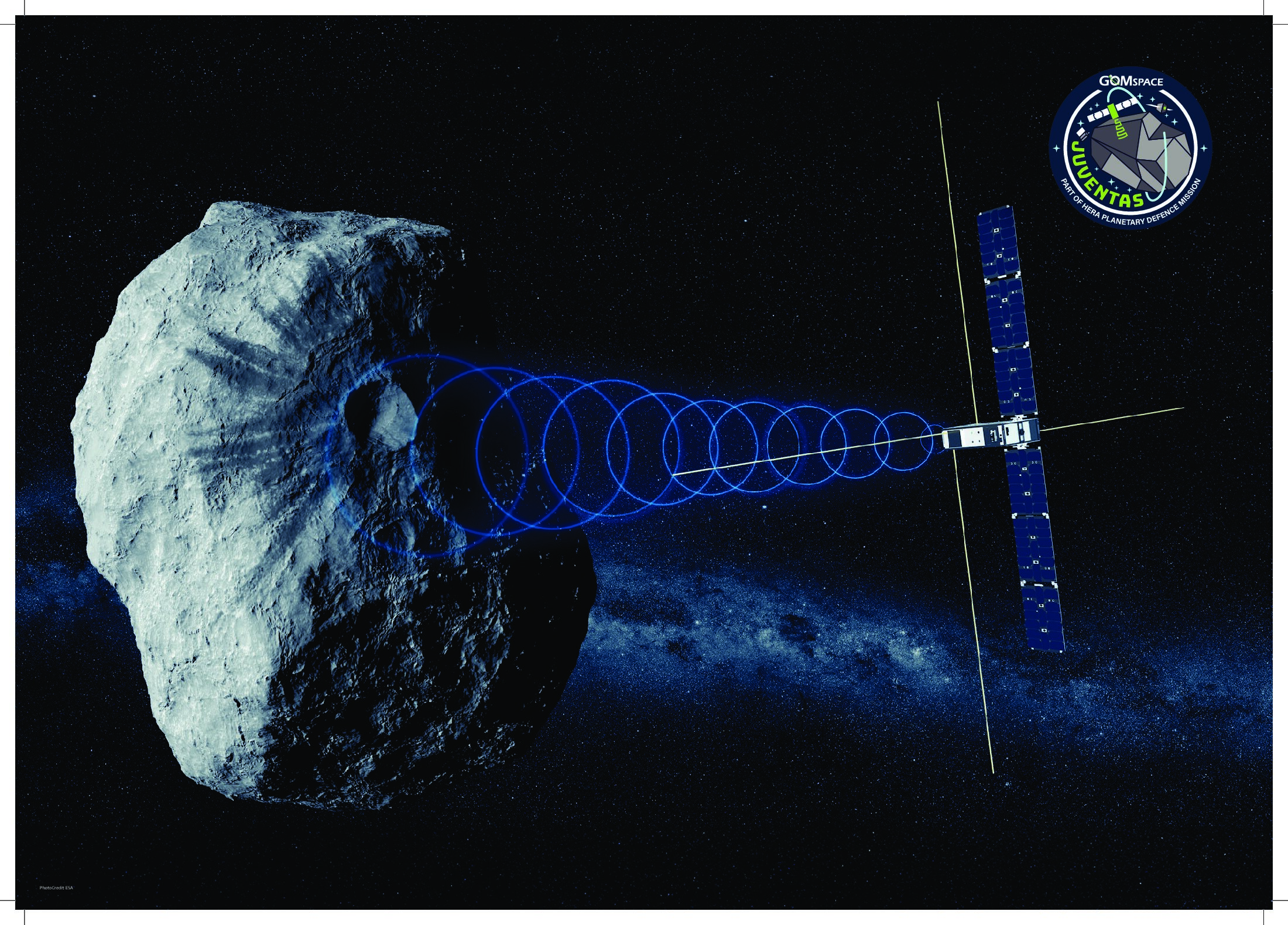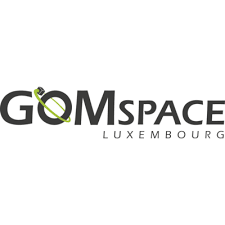In the quiet innovation hub of Belval, GomSpace Luxembourg has built a reputation for doing big things with small satellites. The company, part of the Danish-born GomSpace Group, has become a leading force in nanosatellite and CubeSat technology, combining cutting-edge engineering with a pragmatic business philosophy.
From a University Spin-Off to a Global Leader
GomSpace was founded in 2007 in Aalborg, Denmark, by three students from Aalborg University – two being still with the company today. What began as a research-related activity around CubeSat technology quickly evolved into a business, and in 2013, the first GomSpace mission was launched. Over time, the company expanded beyond Denmark and Sweden, setting up offices in North America and, crucially, in Luxembourg.
In 2017, the Luxembourg office opened in Belval, just as Luxembourg was positioning itself as a European space hub. Today, 25 to 30 employees work here, focused on satellite design, testing, R&D, and mission operations. The site houses a laboratory and a mission control centre, operated by a small team of international experts, its so-called HOOP team (Hands-off operation platform).
Group-wide, GomSpace employs over 150 people in Denmark, Sweden, France, Luxembourg, and North America. With governmental, institutional and commercial projects in more than 60 countries and more than 2000 GomSpace products integrated in customer projects, the company has a worldwide footprint in the field of CubeSats and small satellite solutions. Its activities are organised into three main business units:
- Programmes – complex missions such as constellations of satellites, low-Earth orbit projects, as well as deep-space exploration like “Juventas”.
- Products – subsystems for CubeSat and nanosatellites, including, among others, radio communication systems, battery packs, solar panels, on-board computer platforms, and attitude and orbit control systems.
- North America – a dedicated unit serving the US market.
Belval at the Centre of Deep-Space Ambitions
The Luxembourg team plays a key role in both the Products and Programmes units. Belval is home to GomSpace’s constellation operations centre and is heavily involved in mission control systems. The site has been instrumental in the Juventas mission – a CubeSat developed for ESA’s HERA programme to study asteroid composition and behaviour. A full operational “Flat Sat” version sits in the laboratory, allowing the team to simulate, understand and refine operations before the satellite will arrive at destination during the second half of 2026.
Looking ahead, GomSpace Luxembourg is set to contribute to RAMSES (Rapid Apophis Mission for Space Safety), proposed by ESA to study the near-Earth asteroid 99942 Apophis during its close approach in 2029. If approved, the mission will launch in April 2028 and reach Apophis before its closest pass to Earth – a rare opportunity to advance planetary defence technology. For GomSpace, it’s also a chance to build on the know-how gained with Juventas and extend its deep-space mission expertise.
At the helm in Luxembourg is Edgar Milic, who joined GomSpace in February 2024 after a career spanning LuxSpace, SES, and other space-sector roles. With a master’s degree in aerospace engineering, he has always been close to satellites – whether in engineering, business development, or strategy.
Milic has experienced the sector’s cycles first-hand: “Every space company knows ups and downs. What matters is how you adapt,” he says. His recipe for GomSpace’s resilience is simple: focus on profitable missions that generate sustainable growth, without losing sight of the bigger dream. “Space is about realising ambitions and inspiring people. But this only works if you can link that inspiration to a profitable, sustainable business case.”
The Nanosatellite Market: Europe Versus the World
Milic’s assessment of the European nanosatellite market is clear-headed. Europe boasts strong research and development heritage, concentrated in countries like Germany, France, and the UK. However, the budgets available in the US and China are on an entirely different scale. “If Europe wants to stay competitive, we need to mobilise more resources – both public budgets and private investment” he notes.
While ESA’s budget for 2023-2025 has risen to €16,9 billion, the next three-year budget is set to increase still further, especially given the discussions on strengthening European defence and the related dual-use solutions.
Venture capital in Europe remains far behind the US and Asia. Milic notes that boosting investor confidence and trust is key to narrowing this gap, citing GomSpace’s ability to attract major investment from a British shareholder in 2023 due to the credibility of its projects.
Luxembourg’s Strategic Role in Space
Despite its small size, Luxembourg plays above its weight in global space discussions – whether at the European Union or with NASA. For Edgar Milic, the country’s advantages are clear: An accessible ecosystem, with close ties between companies, some of which have a solid and long-standing presence in the sector, and agile institutions, including the Ministry of the Economy and the Ministry of Defence. He also highlights the role of the Luxembourg Space Agency (LSA), which, he says, should benefit from even greater resources to support the sector. In the field of research, he stresses the long and fruitful collaboration with the Interdisciplinary Centre for Security, Reliability and Trust (SnT) at the University of Luxembourg and forthcoming cooperation projects with LIST.
Beyond leveraging nation branding, these factors make Luxembourg an attractive base for expansion. GomSpace is considering increasing its local headcount to around 50 employees, particularly with deep-space projects on the horizon. Challenges remain – notably access to talent and the high cost of living – but the balance, Milic believes, is strongly positive.
Values that Drive the Group
Across its global operations, GomSpace promotes values of open communication, true leadership, and helpfulness. The workforce is highly international, with 70-80% being engineers across disciplines from software to aerospace, mechanical, and electronic engineering. The group’s interdependent structure means each site supports and benefits from the others, reinforcing expertise and operational capacity.
Sustainability is not just a business term here – GomSpace was among the first signatories of ESA’s zero-debris practice, already applying it in the GOMX-5 mission. This environmental aspect is also one of the elements of the European Space Act, the regulatory framework that is currently under review.
For GomSpace, and for Edgar Milic personally, space is more than a business – it’s a mission that inspires. But that inspiration must be anchored in reality: “We need both the dream and the business model. Without one, the other won’t last.”
From its origins as a university spin-off to its role in landmark missions like Juventas and RAMSES, GomSpace Luxembourg embodies this philosophy – proving that in the vastness of space, vision and pragmatism can travel together.
